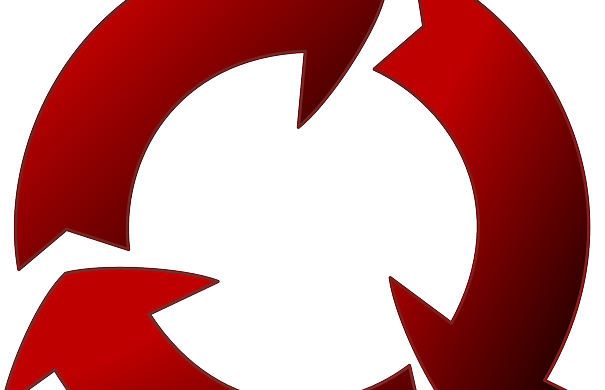
A circular economy is an attractive and viable alternative that businesses have already started exploring today. It is also restorative and regenerative by design, and aims to keep products, components, and materials at their highest utility and value at all times. At times, a circular economy is an alternative to a traditional linear economy (make, use, dispose) in which we keep resources in use for as long as possible, extract the maximum value from them whilst in use, then recover and regenerate products and materials at the end of each service life.
A concept that distinguishes between technical and biological cycles, the circular economy is a continuous, positive development cycle. It preserves and enhances natural capital, optimises resource yields, and minimises system risks by managing finite stocks and renewable flows. A circular economy works effectively at every scale.
There’s a world of opportunity to rethink and redesign the way we make stuff. The rethinking explores how through a change in perspective we can re-design the way our economy works – designing products that can be ‘made to be made again’ and powering the system with renewable energy. It questions whether with creativity and innovation we can build a restorative economy.
With the circular economy, there is reduced pollution and negative impact of greenhouse gases on the environment as production of renewed products doesn’t affect the environment and atmosphere. Other benefits are that reducing waste, and minimising the continent’s heavy dependence on imports of raw materials. The circular economy is known for minimising high and increasing dependence on imports. Circular economy strategies could also result in considerable cost savings, increasing job opportunities.
As we approach the WASHen event, we should consider how recycling and waste management can be improved in order to make our environment better to live in as well as making sure that we maintain good sanitation and hygiene. The circular economy may look like a mammoth task especially in most African countries as we do not have the resources and capital to start such a project but in the long run, it is a good initiative to consider basing on the benefits it presents to us.
Our economies could contribute to a more sustainable environment which also brings in capital as the initiative allows participants to be able to start businesses and trades through the recycling and reuse of certain products. Examples include a Pittsburgh-based Certified B Corporation which transforms plastic bottles from the streets and canals of Haiti and Honduras into “responsible fabric” used in consumer products. In addition to helping to reduce trash in Haiti and Honduras by creating upcycled alternatives to waste, the company also strives to provide quality to locals in impoverished communities.
Another example is Energizer. Batteries are difficult to recycle, thanks to their complicated chemistry causing them to be classified as hazardous materials. That’s why around 180,000 tons of batteries end up in U.S. landfills each year. Currently, most batteries are “downcycled” into materials for road construction and landfill caps but these typically are “one and done” type deals with limited value.
Energizer is making some of the first inroads into applying circular economic principles to its batteries, having produced EcoAdvanced — the world’s first battery made with 4 percent recycled batteries. While this might not sound like an impressive figure, it took the company eight years to achieve it. Being the first to attempt to capture these materials to serve as inputs in new batteries brought with it challenges associated with developing a new supply chain, and establishing logistics with unfamiliar waste products.
Article by @nelson.madzima





